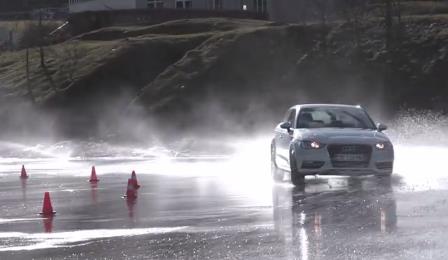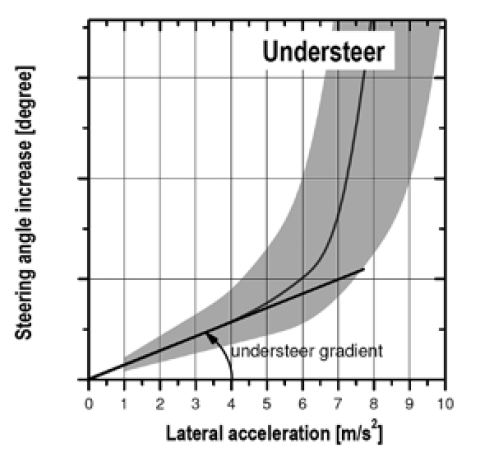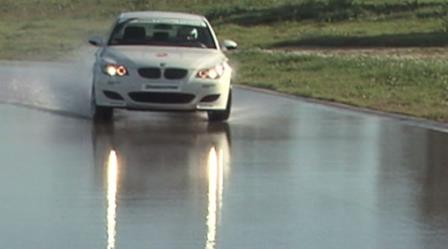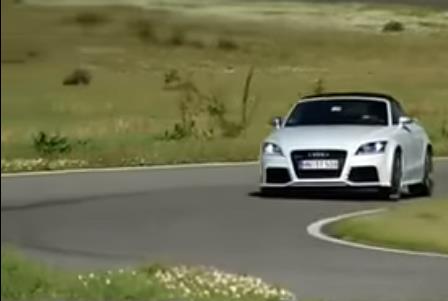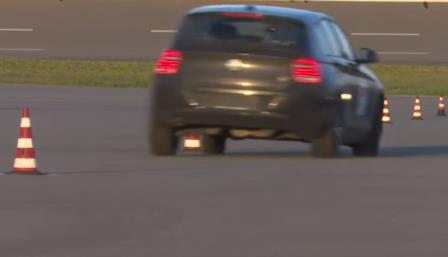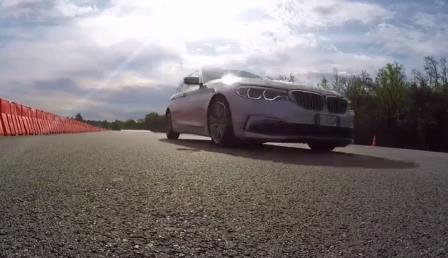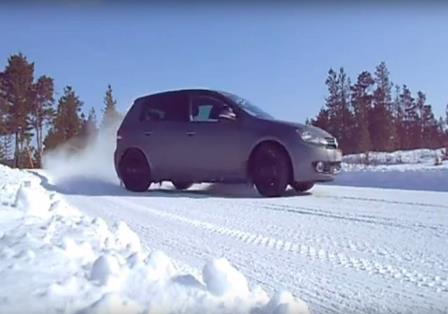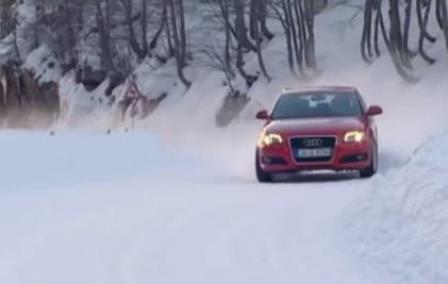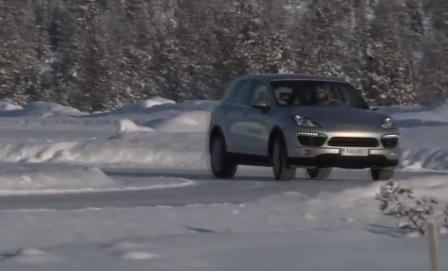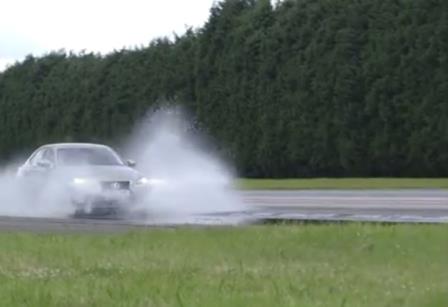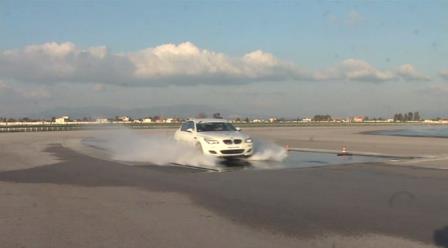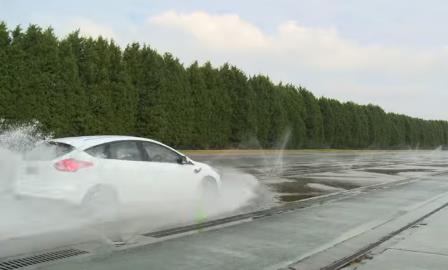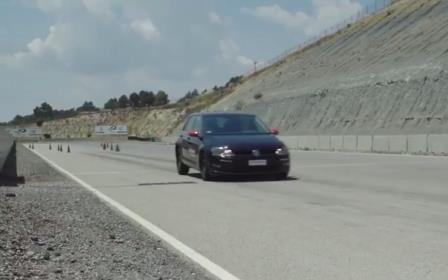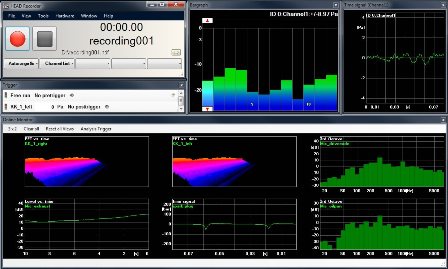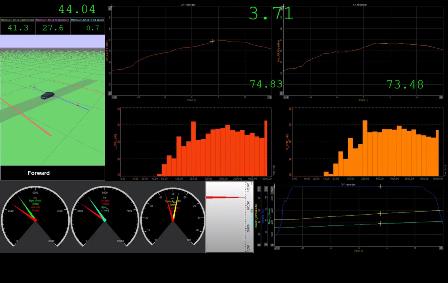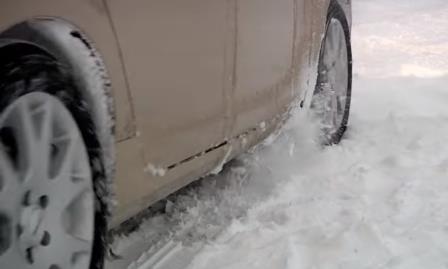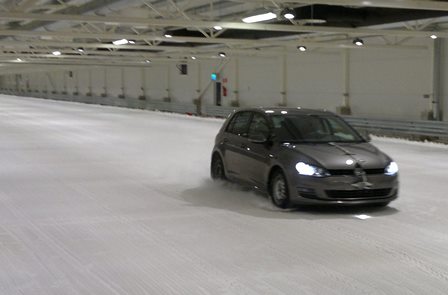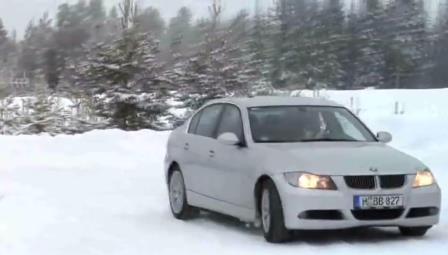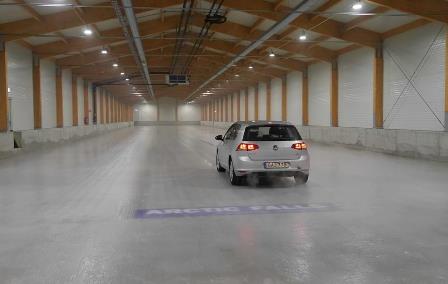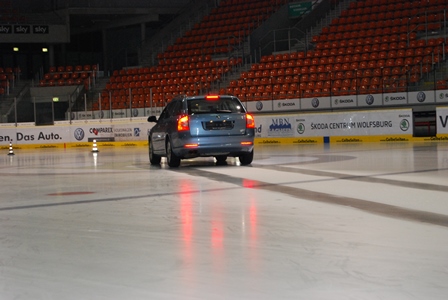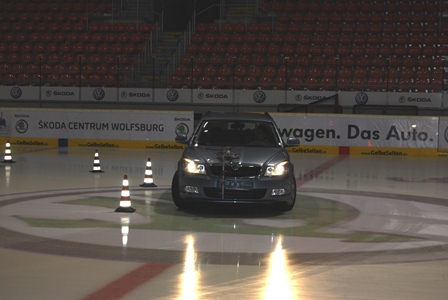The test is performed on circular test tracks with different radiuses (30, 40, 50 m). Usually the artificially wetted ring is asphalt bases but concrete or cobblestones type could be selected as well. The car is driven on the circular ring up at the maximum speed allowed by the lateral grip limit of the tires at which no wide steering corrections are required to maintain the trajectory. The lap times are recorded automatically by a timing device mounted to the test vehicle. Before starting the test, a track conditioning with out of test tires is mandatorily required. The test starts with the control tire set to be re-tested at the end of the session in order to keep into consideration possible changes of the test conditions. For each tire set the average lateral acceleration of 10 laps (clockwise and counterclockwise) is calculated and used for the overall result (expressed in %). Optionally the vehicle can be equipped with a complete acquisition chain connected with onboard sensors in order to get a full overview of the vehicle behaviour and additional objective handling metrics like the understeer gradient (steady state).
